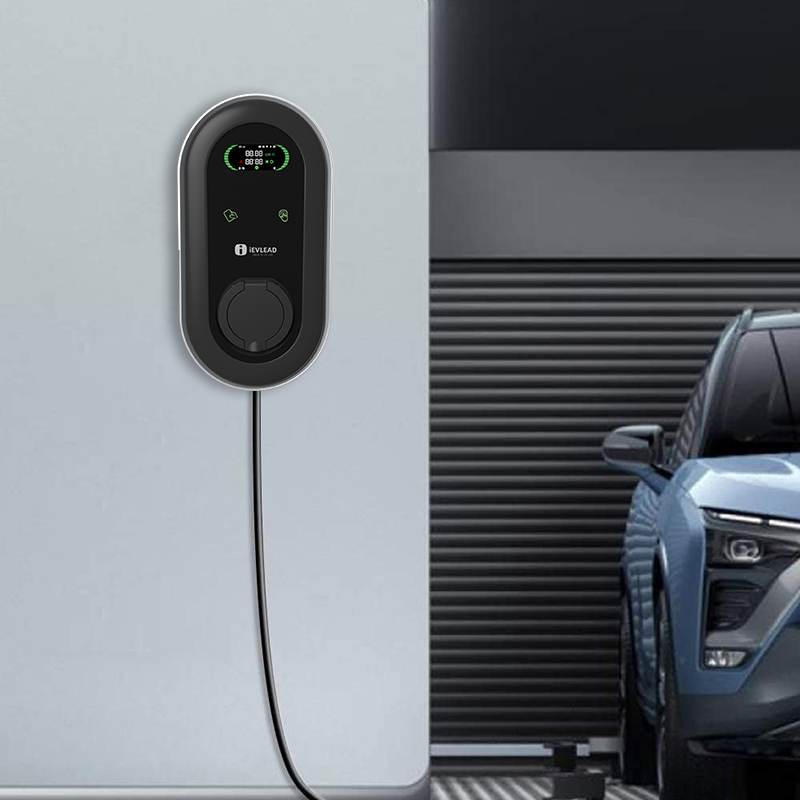As the world transitions to EV AC chargers , the demand for EV chargers and charging stations continues to increase. As technology advances and people's awareness of environmental issues continues to grow, the electric vehicle charger market is growing rapidly. In this article, we’ll explore the latest trends in charging stations and how they are shaping the future of electric vehicle infrastructure.
One of the most notable trends in charging stations is the integration of smart and connected technologies. Charging point are now equipped with advanced software and hardware to remotely monitor, manage and optimize the charging process. This not only provides a seamless user experience, but also enables charging station operators to effectively manage their infrastructure and maximize charging station utilization. In addition, smart charging stations can communicate with the grid to optimize charging times based on power demand, thereby reducing stress on the grid and creating cost savings for operators and EV owners.
Another trend in charging stations is the deployment of high-power charging (HPC) stations, which can provide significantly higher charging speeds compared to standard chargers. With the help of HPC charging stations, electric vehicle owners can charge their vehicles to more than 80% in just 20-30 minutes, making long-distance travel more convenient and practical. As electric vehicle battery capacity continues to increase, demand for high-performance computing stations is expected to grow, especially along highways and major tourist routes.
In addition to faster charging, it is becoming increasingly common for a single charging station to have multiple charging connectors. This trend ensures that owners of electric vehicles with different types of connectors (such as CCS, CHAdeMO or Type 2) can all charge their vehicles at the same charging station. As a result, charging station accessibility and convenience are enhanced, making it easier for a wider range of EV owners to take advantage of the infrastructure.
In addition, the concept of bidirectional charging is becoming increasingly popular in the electric vehicle charging industry. Bidirectional charging allows electric vehicles to not only receive energy from the grid, but also release energy back to the grid, thereby achieving vehicle-to-grid (V2G) functionality. This trend has the potential to transform electric vehicles into mobile energy storage units, providing grid stability and resiliency during peak demand or blackouts. As more electric vehicles with bi-directional charging capabilities enter the market, charging stations may integrate V2G capabilities to take advantage of this innovative technology.
Finally, there is a growing focus on the sustainability of charging pile, leading to environmentally friendly and energy-saving designs. Many charging stations are now equipped with solar panels, energy storage systems and efficient cooling and heating mechanisms to minimize environmental impact. Additionally, the use of recycled materials and the implementation of green building practices further contribute to the sustainability of the EV Charging pole infrastructure.
In summary, the charging station trend is driving the development of electric vehicle infrastructure to make it more efficient, convenient and sustainable. As the adoption of electric vehicles continues to grow, the development of innovative charging solutions will play a vital role in supporting the transition to cleaner, more sustainable transportation systems. Whether it is the integration of smart technologies, the deployment of high-power charging stations, or the improvement of two-way charging capabilities, the future of electric charging station is exciting, with unlimited possibilities for innovation and growth.

Post time: Feb-20-2024
